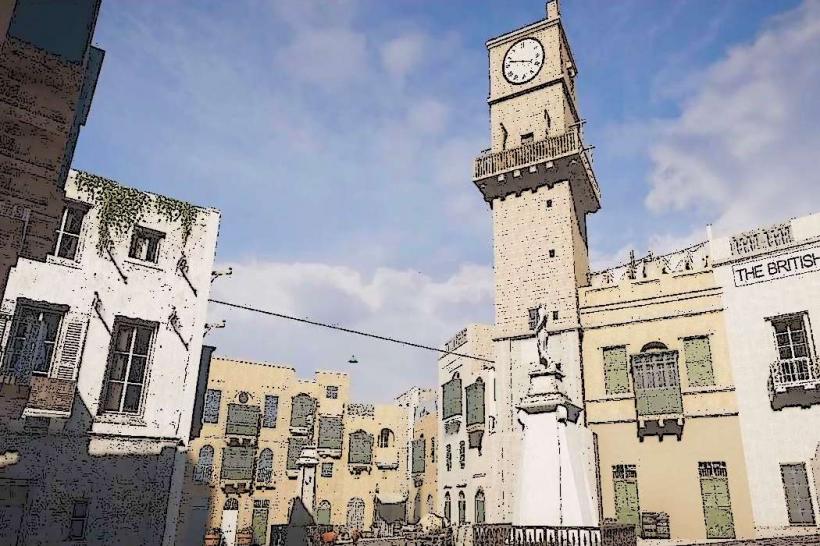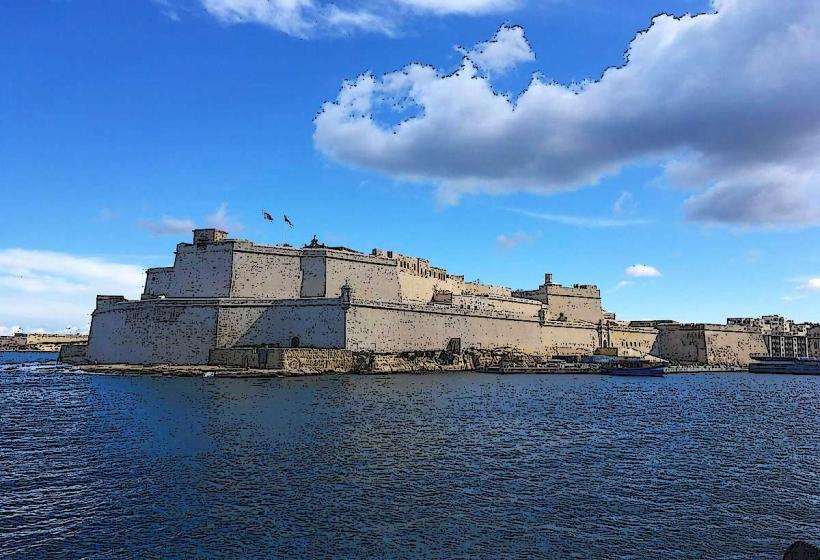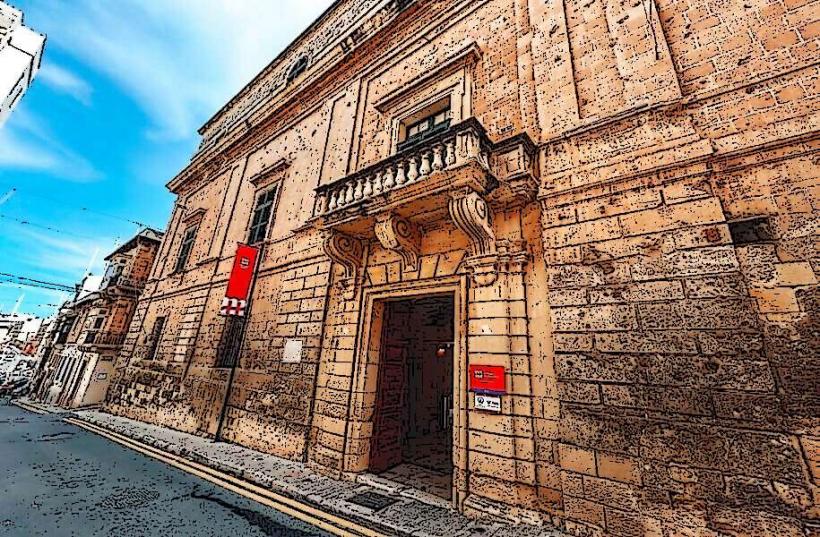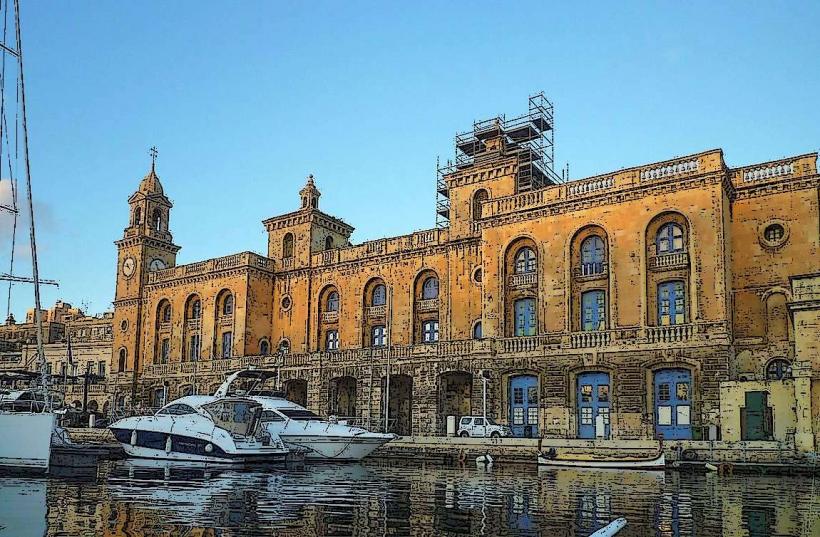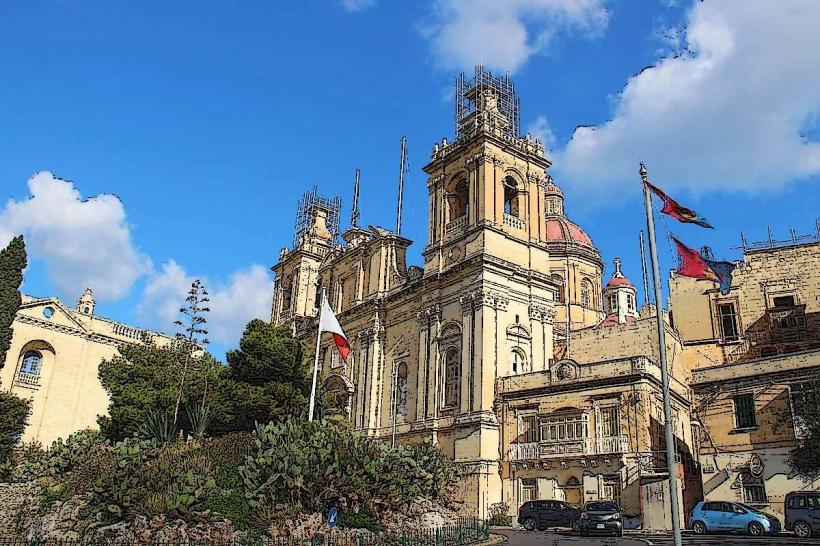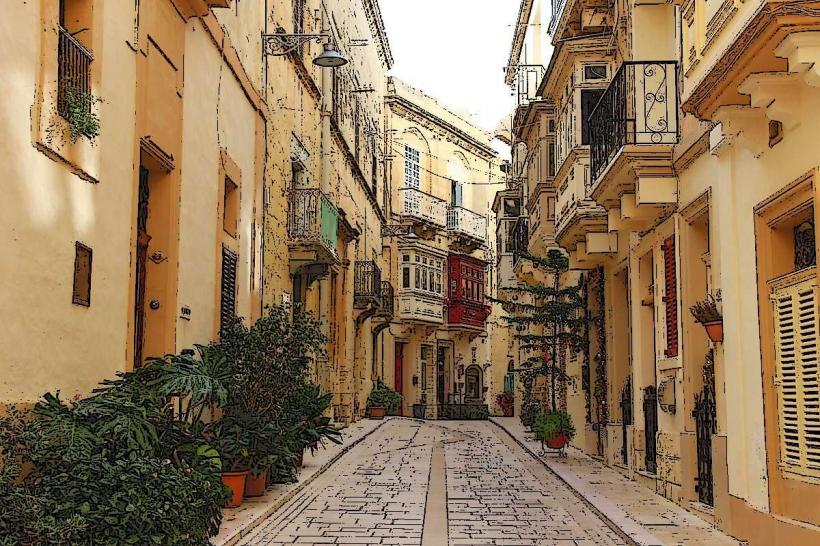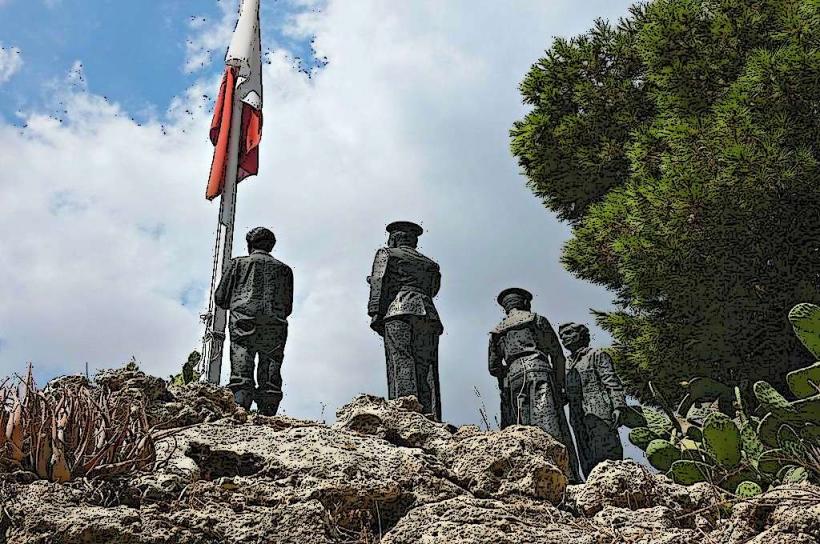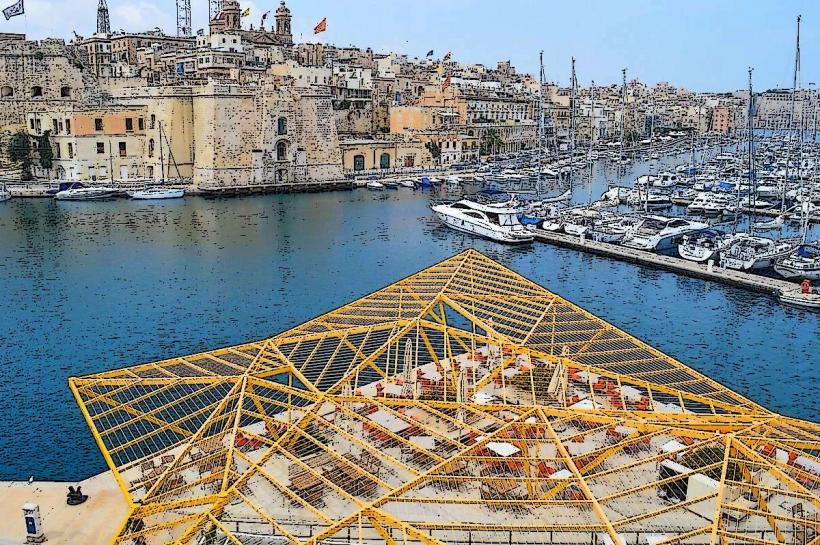Information
Landmark: Couvre PorteCity: Birgu
Country: Malta
Continent: Europe
The Couvre Porte is a significant historical feature in Vittoriosa (Birgu), Malta, and forms part of the city's fortifications. It is a covered entrance or gate that was built into the fortifications to provide access to the inner part of the city while also serving as a defensive measure. The term Couvre Porte translates roughly to “covered gate” or “gateway with a covering”, which reflects its function as a protected entry point for soldiers and residents.
Historical Context
- The Couvre Porte was constructed as part of the fortifications of Vittoriosa by the Knights of St. John during the period of their rule over Malta. The Knights, who took control of Malta in 1530, were heavily invested in strengthening the defenses of the cities under their control, especially during the years leading up to and following the Great Siege of Malta in 1565.
- The fortifications of Vittoriosa were designed to provide both protection from attacks and strategic military advantage. As part of these defenses, gates such as the Couvre Porte allowed for controlled access to the city while ensuring that any attempt to break through the walls or gates would be difficult.
Architectural Features
- The Couvre Porte is located at the entrance of Vittoriosa and is a typical example of the military architecture employed by the Knights of St. John.
- The gate is covered by a roof that served as protection for those passing through, hence the name. It also has a narrow opening designed for defense, allowing for quick access while making it easier to defend from potential invaders.
- The structure is part of the larger defensive wall system surrounding Vittoriosa, which also includes bastions, ramparts, and other fortification features. The gate is designed to be sturdy and difficult to breach, with reinforced stonework typical of the Renaissance military architecture used during the era.
Role in the Defense System
- The Couvre Porte was strategically placed to control the flow of people and goods into the city. It was also part of a larger network of gates and entrances that helped regulate access and could be easily closed or fortified in times of threat or siege.
- During the Great Siege of Malta (1565), when the Ottoman Empire besieged Malta in an attempt to capture it from the Knights, the fortifications of Vittoriosa were critical in defending the city. The Couvre Porte, like other gates, would have played a role in ensuring the security of the defenders, limiting access to enemy forces and allowing the Knights to maintain their defensive positions.
- The gates of the city were often equipped with mechanisms to close them quickly in times of attack, and soldiers stationed at the gates would monitor anyone trying to enter or exit.
Current Significance
- Today, the Couvre Porte is one of the historical landmarks of Vittoriosa and offers a glimpse into the past defensive strategies of the Knights of St. John.
- Although no longer used as a functional gate in the same way, it remains an important feature of the city's historic fortifications. Visitors to Vittoriosa can explore the area around the Couvre Porte as part of a tour of the Three Cities (Vittoriosa, Senglea, and Cospicua), learning about the island’s military history and the fortifications that helped protect it through centuries of conflict.
Conclusion
The Couvre Porte is a vital historical and architectural feature in Vittoriosa that reflects the military ingenuity of the Knights of St. John in fortifying the city. It served not only as a practical entry point but also as a strategic defense element in the broader system of fortifications designed to protect Vittoriosa from invaders. Today, it stands as a reminder of Malta’s medieval history and the significance of the Knights' defense efforts during their rule over the island.

